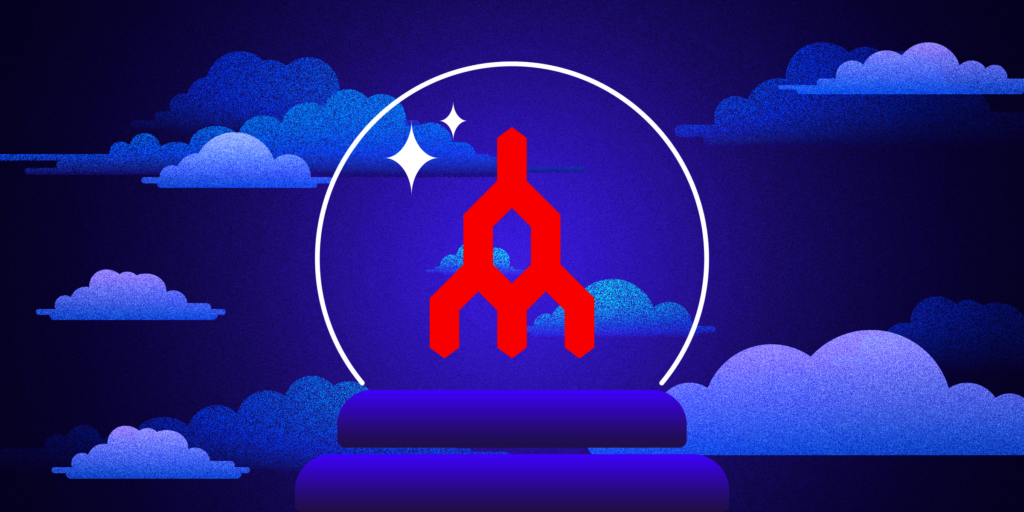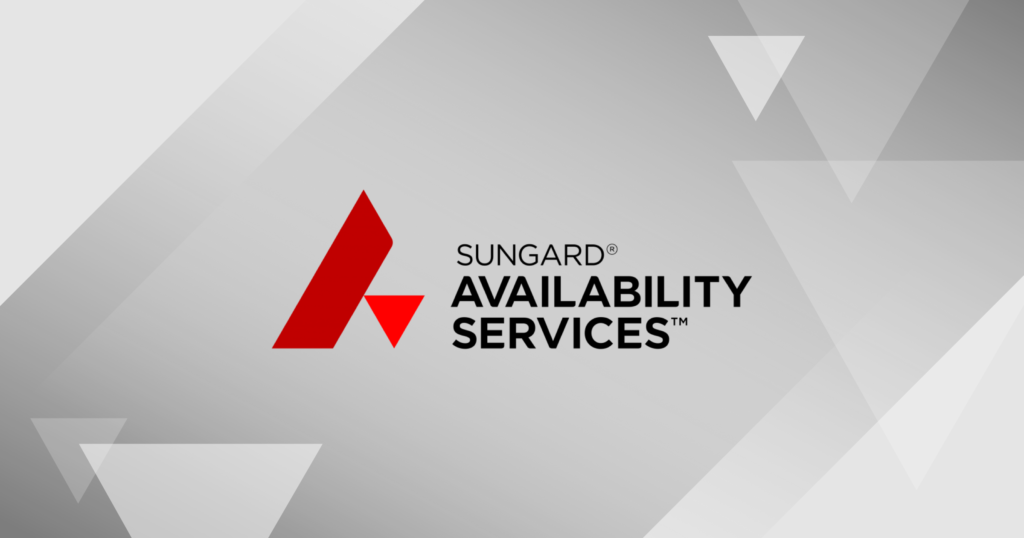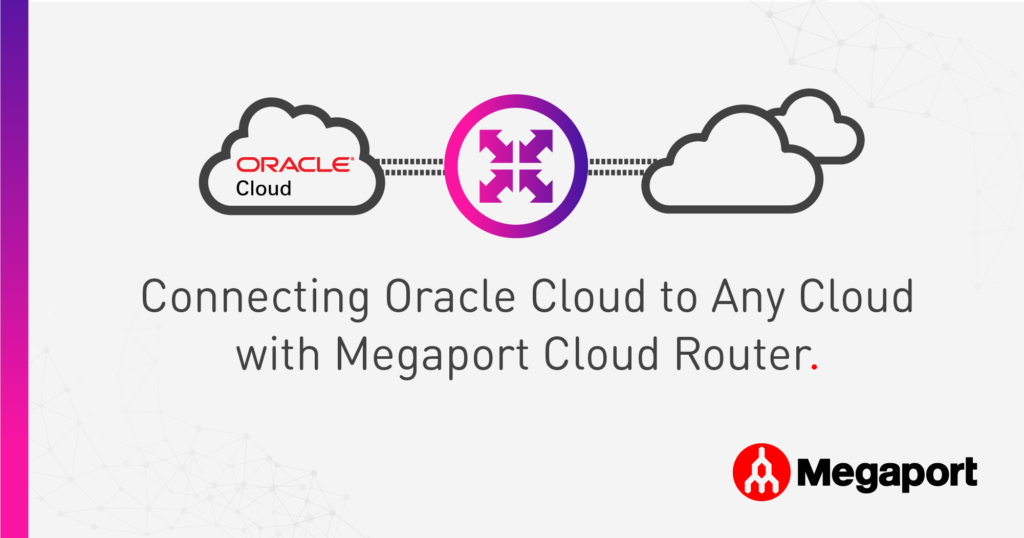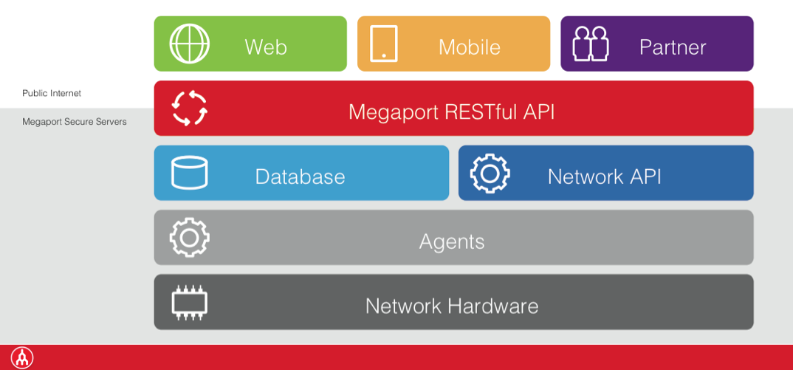
Top Five Cloud and Technology Predictions for 2023
- December 20, 2022
The Gartner® Top 10 Strategic Technology Trends for 2023 report makes predictions across a number of industries for the coming year. Here are the ones that excite us the most.
Released in October 2022, the Gartner Top 10 Strategic Technology Trends for 2023 report is a terrific way to catch up on the leading research firm’s findings from the past year and learn which industry trends to watch.
It’s important to keep an eye on these trends for a handful of reasons. Maybe your business is looking to save costs or improve margins in 2023, and these on-the-rise trends can serve as a chance to pivot and reinvent the business model. Leaders can also use the predictions to identify potential risks to their organization, and subsequently create a roadmap to mitigate such threats to security, revenue generation, or innovation.
In this blog, we share the top five cloud computing- and networking-related predictions that stood out to us from the Gartner Strategic Technology Trends report.
Table of Contents
Sustainability moving to the the forefront of cloud and network strategy
According to Gartner, “delivering technology alone will not be enough in 2023. ” In recent years, cloud and network providers have come under increasing pressure to have a transparent climate strategy and clear roadmap, and it has never been more important for enterprises to pursue sustainable technology solutions to not only do their part to combat climate change, but also retain customer loyalty and uphold Environmental, Social, and Governance (ESG) values.
Gartner expects that “by 2025, 50% of CIOs will have performance metrics tied to the sustainability of the IT organization .”
Therefore, we can expect enterprises to reassess their cloud and network strategy to be more mindful of environmental impact through choosing more sustainable solutions.
Gartner lists four opportunities enterprises can take to fulfill this goal:
- Automation to reduce resource-intensive activities;
- Artificial intelligence (AI) and natural language processing to predict the impact of climate on business;
- Advanced analytics to capture real-time performance analysis; and
- Cloud to transform processes and enable remote work."
It is the investment in strategies including but not limited to the above that will allow enterprises to continue to provide their mission-critical services while remaining conscious and sustainable.
A rise in adoption of adaptive AI
While AI itself isn’t new, the ways that enterprises reap its benefits to improve processes for both employees and end customers continues to evolve. Enter adaptive AI , an emerging technology that delivers faster, better outcomes by learning behavioral patterns from past human and machine experience. Unlike traditional AI systems, adaptive AI can revise its own code in applications to adjust for real world changes that weren’t known or foreseen when the code was first written.
Gartner predicts that “By 2026, enterprises that build adaptive AI systems will have 25% more AI models in production. ” But why should this matter to your business? Well, it presents an exciting opportunity for companies to exercise more autonomy and help orchestrate to make faster decisions while remaining flexible to adjust quickly as issues arise.
Because adaptive AI requires that your enterprise’s current processes be re-engineered—which can’t happen overnight—Gartner put forth in its trends report video the following recommendations on how you can get started in 2023:
- Assess the readiness of decision flows for augmented or automated decision making;
- Build your foundation by complementing your current AI implementations, instead of a complete overhaul; and
- Re-engineer decision flows to make them flexible and capable of being updated as more information is gathered.
Industry cloud platforms to accelerate and scale vertical business initiatives
By 2027, Gartner predicts that “more than 50% of enterprises will use industry cloud platforms to accelerate their business initiatives, whereas in 2021, it was less than 10%. ” Industry cloud platforms are designed to meet the specific needs of various verticals, whether they be retail, healthcare, or manufacturing – segments that would otherwise be inadequately served by generic solutions.
It does this by combining traditional cloud services (which would typically be purchased separately) in a pre-integrated way. This means historically hard-to-tackle vertical challenges (such as product delivery, compliance, or application communication) can be addressed.
A key takeaway from this prediction is that in 2023, enterprises should think about how they could customize their cloud and network infrastructure to better suit their unique vertical needs. This could relate to stricter compliance and security (which is especially prominent in industries such as finance and healthcare), or improved performance and reliability to meet mission-critical demands.
The metaverse an exciting opportunity for innovation and collaboration
For enterprises hoping to reinvent the engagement experience with both employees and customers, as well as accelerate strategies to tap into new virtual markets, the metaverse is an exciting and rapidly growing technology to keep your eye on.
If you’re unfamiliar with what exactly the metaverse is, Gartner explains: It allows people to “replicate or enhance their physical activities” through “transporting or extending physical activities to a virtual world or by transforming the physical one.” This is achieved by creating an immersive virtual world that is facilitated and accessed through virtual reality (VR) and augmented reality (AR) technology and headsets.
Gartner Fellow Daryl Plummer predicts that through 2027, fully virtual workspaces will account for 30% of enterprise investment in metaverse technology, which will significantly reimagine the office experience. This is especially relevant in a world adapting to life post-pandemic, where employees are often remote and distributed. The metaverse presents an exciting opportunity for teams to remain inclusive and collaborative.
Use of “Digital Immune Systems” through automation and enhanced security
By working to bolster application resilience and ensure quick recovery from failures, “digital immune systems ” protect applications and services from anomalies, whether software bugs or security breaches. Such features of the digital immune system could be process automation, AI-augmented testing, and observability.
This is an important trend to follow in 2023 for enterprises who want to enhance their customer experience and satisfaction, with nearly half (48%) of respondents in a recent survey by Gartner stating that the primary objective of their digital investments is to improve the customer experience , improve data-driven decision making, and save costs and time by having redundancy measures in place.
Conclusion
Each of the five trends we’ve chosen offer an exciting insight into the potential of cloud and technology innovation for enterprises in 2023 and beyond. Per the report, the trends address four key priorities that should serve as a roadmap for IT decision-makers in the new year:
- Optimizing resilience;
- Scaling vertical solutions;
- Pioneering customer engagement; and
- Pursuing sustainable technology solutions.
By acknowledging these predictions and taking action, enterprises can stay ahead of the game and make moves toward improving customer experience and satisfaction, creating greater opportunities for revenue growth, and enhancing mission-critical operations through better security and sustainability practices.
You can read Gartner’s full top ten list here .
Source: Gartner Top 10 Strategic Technology Trends for 2023, October 17, 2022, David Groombridge.
GARTNER is a registered trademark and service mark of Gartner, Inc. and/or its affiliates in the U.S. and internationally and is used herein with permission. All rights reserved.


